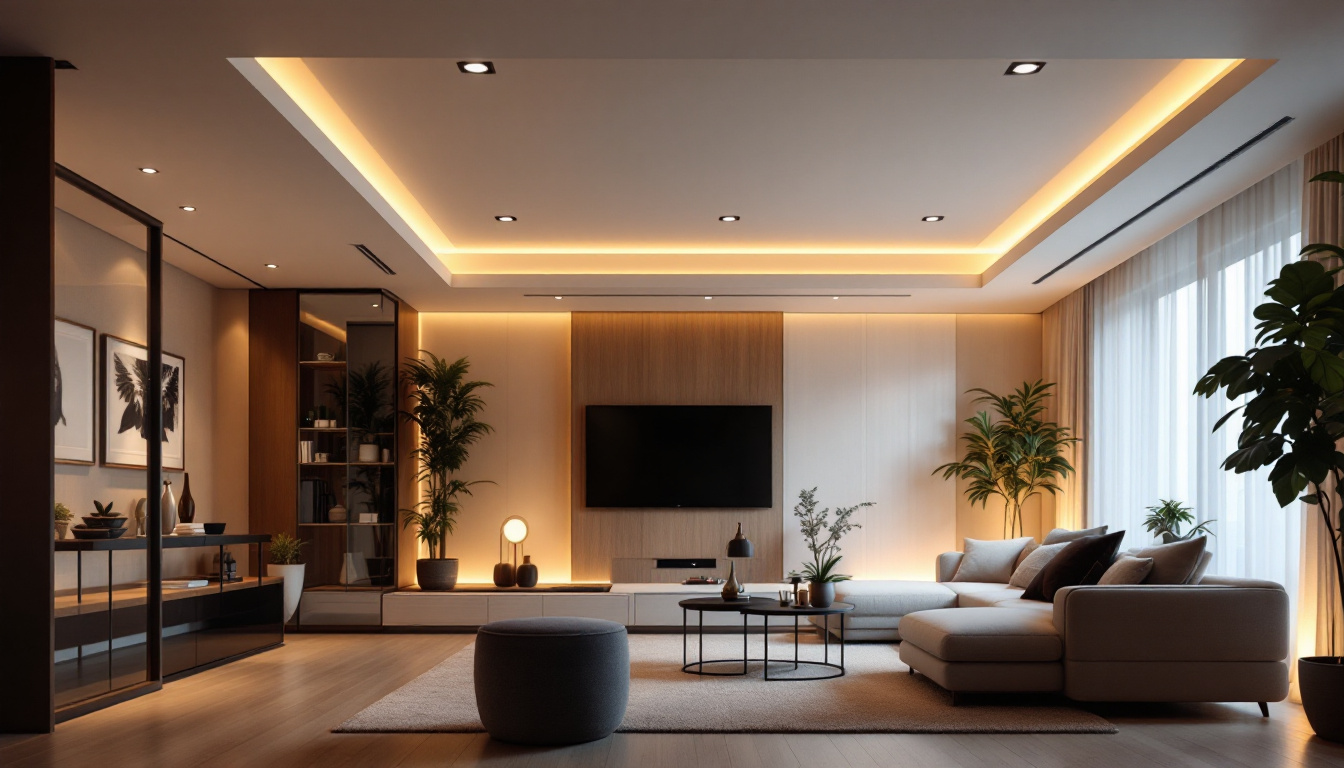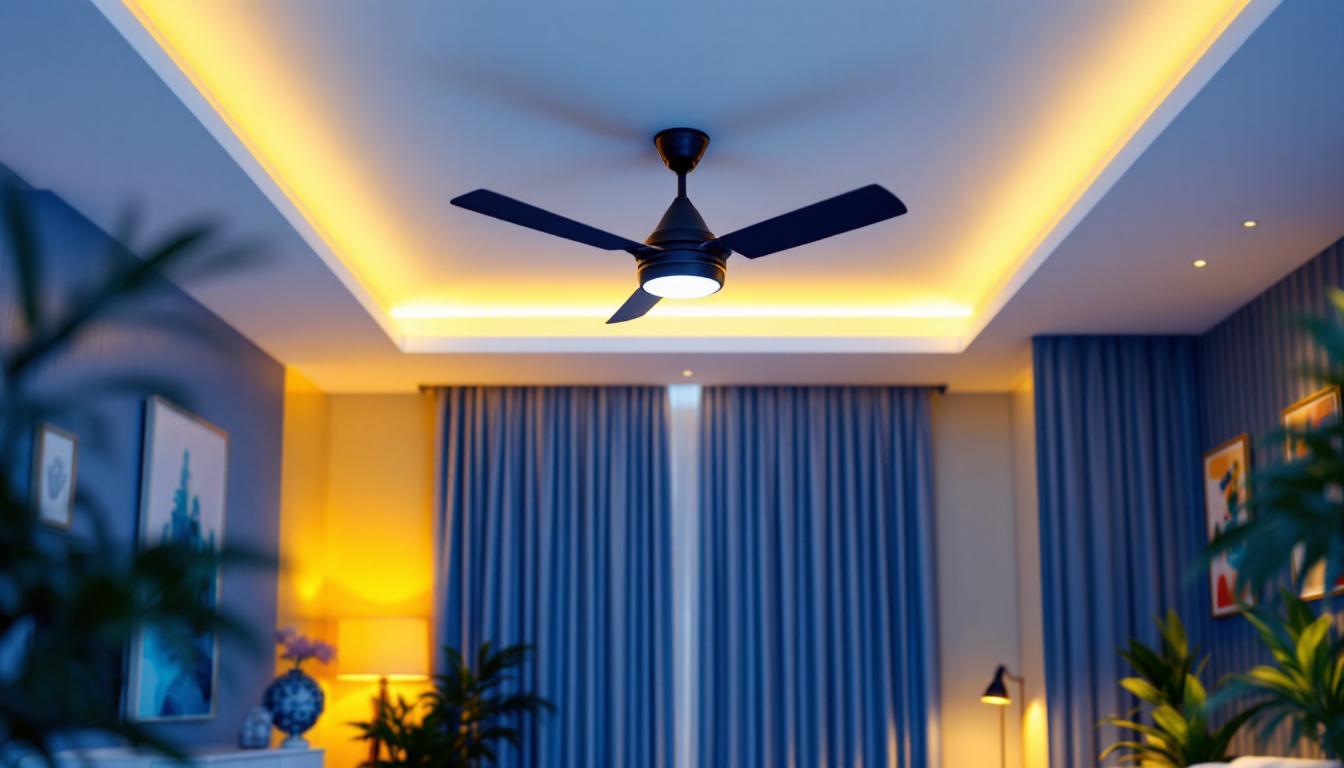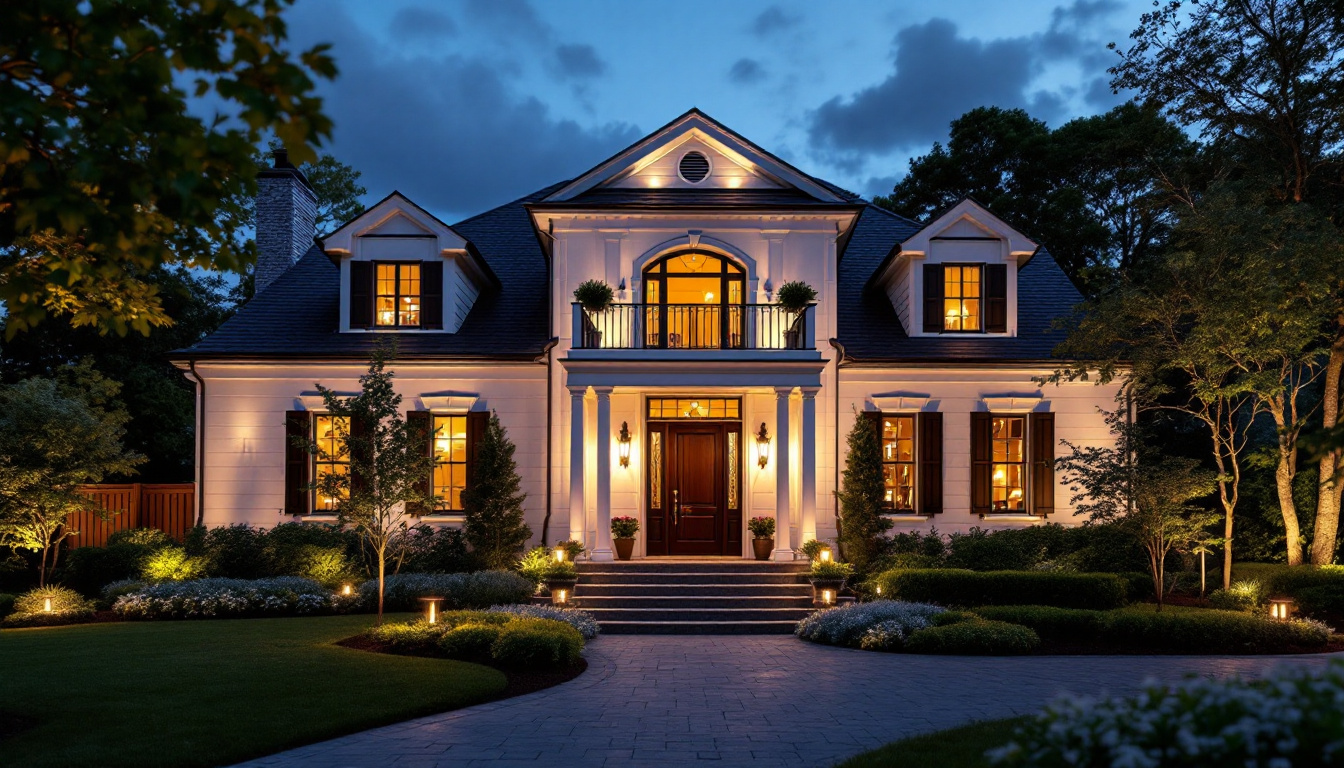
In the ever-evolving landscape of lighting technology, LED tube lights have emerged as a popular choice for both residential and commercial applications. Their energy efficiency, long lifespan, and versatility make them a preferred option among lighting contractors. However, the transition from traditional lighting solutions to LED technology brings with it a unique set of challenges. Understanding the intricacies of LED tube light watts is crucial for contractors aiming to deliver optimal solutions to their clients.
LED tube lights are available in various wattages, which can significantly impact their performance and application. The wattage of an LED tube light indicates the amount of power it consumes, but it does not directly correlate with brightness. This distinction can often lead to confusion among contractors and clients alike.
One of the primary challenges contractors face is understanding the relationship between wattage and lumen output. While traditional fluorescent tubes typically require higher wattage to produce a certain level of brightness, LED technology allows for lower wattage consumption without sacrificing light quality. For instance, a 15-watt LED tube can produce the same amount of light as a 32-watt fluorescent tube.
This efficiency can lead to substantial energy savings, but it also necessitates a deeper understanding of how to match the right LED tube wattage to the desired lumen output for specific applications. Contractors must be well-versed in the lumen output ratings of various LED tubes to ensure they meet client expectations. Additionally, it’s important to consider the color temperature of the light, which can range from warm white to cool daylight. This aspect can greatly influence the atmosphere of a space, further complicating the decision-making process.
Another challenge lies in selecting the appropriate wattage for different lighting applications. Factors such as the size of the space, the height of the ceilings, and the purpose of the lighting all play a critical role in determining the right wattage. For example, a warehouse may require higher wattage for adequate illumination, while a retail space might benefit from lower wattage options that provide a softer ambiance.
Contractors must conduct thorough assessments of each space to recommend the best wattage for LED tube lights. This involves not only evaluating the physical characteristics of the environment but also understanding the client’s specific lighting needs and preferences. Moreover, it’s essential to take into account the layout of the space, as well as any potential obstacles that may cast shadows or block light. By utilizing lighting design software or photometric analysis, contractors can simulate different lighting scenarios, ensuring that the chosen wattage will deliver optimal performance and enhance the overall aesthetic of the area. This level of detail not only helps in achieving the desired illumination but also fosters client trust and satisfaction in the contractor’s expertise.
As contractors transition clients to LED tube lights, compatibility with existing fixtures presents another significant challenge. Many traditional fluorescent fixtures may not be designed to accommodate LED tubes, leading to potential installation issues and additional costs. This challenge is compounded by the variety of fixture designs and configurations in use across different properties, which can vary widely in age, style, and technology.
Contractors often face the decision of whether to retrofit existing fixtures or replace them entirely. Retrofitting can be a cost-effective solution, allowing clients to retain their current fixtures while upgrading to LED technology. However, not all fixtures are compatible with LED tubes, and retrofitting may require additional components such as ballasts or adapters. Furthermore, the energy savings and longevity of LED lights can sometimes be offset by the costs associated with retrofitting, particularly if multiple fixtures need to be modified.
On the other hand, complete replacement may be the best option in some cases, especially if the existing fixtures are outdated or inefficient. Contractors must weigh the pros and cons of each approach and provide clients with informed recommendations based on their specific circumstances. In addition to energy efficiency, the aesthetic appeal of new fixtures can enhance the overall look of a space, making replacement an attractive option for clients looking to modernize their environments.
The compatibility of ballasts with LED tubes is another critical consideration. Some LED tubes are designed to work with existing ballasts, while others require direct wiring, bypassing the ballast altogether. This can complicate installations, as contractors must determine the type of LED tube that will work with the existing ballast system or whether a complete bypass is necessary. The decision to bypass the ballast can also lead to further considerations, such as ensuring that the wiring is up to code and safe for use with the new technology.
Understanding the different types of ballasts and their compatibility with LED technology is essential for contractors. This knowledge not only ensures a smoother installation process but also helps prevent issues such as flickering or reduced lifespan of the LED tubes. Additionally, contractors should stay informed about advancements in LED technology and ballast design, as manufacturers continue to innovate and improve compatibility solutions, which can ultimately benefit both the contractor and the client in terms of performance and reliability.
Lighting contractors must navigate a complex landscape of regulatory compliance and industry standards when working with LED tube lights. These regulations can vary by region and may impact the selection and installation of lighting products.
Many jurisdictions have implemented energy efficiency standards that dictate the minimum performance requirements for lighting products. Contractors must stay informed about these regulations to ensure that the LED tube lights they recommend meet or exceed the necessary criteria. Failure to comply with these standards can lead to penalties and may affect the overall project budget.
Additionally, understanding energy efficiency ratings, such as the Energy Star certification, can help contractors guide clients toward products that not only meet regulatory requirements but also offer long-term cost savings through reduced energy consumption.
In addition to energy efficiency, safety standards play a vital role in the selection of LED tube lights. Contractors must be aware of the relevant safety certifications, such as UL or CE, that indicate a product has been tested for safety and performance. This knowledge is crucial for ensuring that the products used in installations are reliable and safe for end-users.
Moreover, staying updated on changes to safety regulations and standards is essential for contractors to maintain compliance and protect their clients from potential hazards associated with substandard lighting products.
Effective communication with clients is paramount in addressing the challenges associated with LED tube lights. Many clients may have preconceived notions about traditional lighting and may be hesitant to embrace LED technology. Educating clients about the benefits of LED tube lights, including their energy efficiency, longevity, and reduced maintenance costs, is essential for fostering acceptance.
Contractors should take the time to explain the differences between traditional lighting and LED technology, particularly regarding wattage and lumen output. By demystifying these concepts, contractors can help clients make informed decisions about their lighting choices.
Clients may have concerns about the initial costs associated with LED tube lights, especially when compared to traditional options. Addressing these concerns head-on is crucial for contractors. Highlighting the long-term savings associated with reduced energy consumption and lower maintenance costs can help justify the initial investment.
Furthermore, contractors should be prepared to address any misconceptions about LED technology, such as concerns about light quality or color rendering. Providing samples or demonstrations can help clients see the benefits firsthand and alleviate any reservations they may have.
The landscape of LED tube lighting is continually evolving, with new technologies and trends emerging regularly. Staying informed about these developments is essential for contractors looking to remain competitive and provide the best solutions for their clients.
One of the most significant trends in lighting technology is the integration of smart lighting solutions. As more clients seek to incorporate smart technology into their homes and businesses, contractors must be prepared to offer LED tube lights that are compatible with smart systems. This includes features such as remote control, scheduling, and integration with home automation systems.
Understanding the capabilities and limitations of smart LED tube lights will enable contractors to provide comprehensive solutions that meet the evolving needs of their clients. This may also involve educating clients about the benefits of smart lighting and how it can enhance their overall lighting experience.
As the demand for energy-efficient solutions continues to grow, manufacturers are consistently working to improve the efficiency of LED tube lights. This includes advancements in technology that allow for even lower wattage consumption while maintaining or increasing lumen output. Contractors should stay abreast of these developments to offer clients the latest and most efficient products available.
By keeping up with advancements in energy efficiency, contractors can position themselves as knowledgeable experts in the field, ultimately enhancing their reputation and attracting more clients.
Lighting contractors face a variety of challenges when working with LED tube lights, particularly concerning wattage, compatibility, regulatory compliance, and client education. By understanding the intricacies of LED technology and staying informed about industry trends, contractors can navigate these challenges effectively.
Ultimately, the successful integration of LED tube lights into projects not only benefits contractors through increased client satisfaction but also contributes to a more sustainable future. As the lighting industry continues to evolve, contractors who embrace these changes and adapt to new technologies will be well-positioned for success.
Ready to overcome the challenges of LED tube light wattage and compatibility while staying ahead of the curve? At LumenWholesale, we provide lighting contractors with the resources they need to succeed. Our spec-grade lighting products are not only of the highest quality but also offered at unbeatable wholesale prices. Say goodbye to unnecessary markups and hello to a vast selection of industry-standard lighting solutions. Plus, with free shipping on bulk orders, you can trust that you’re getting premium lighting at the best value — all with the convenience and support you deserve. Elevate your lighting projects today by visiting Wholesale Lighting at the Best Value and discover the LumenWholesale difference.

Discover how decorative can light trim can streamline projects for lighting contractors, offering both aesthetic appeal and functional benefits.

Discover how 4-inch LED recessed can lights can transform your lighting projects with enhanced efficiency and aesthetics.

Discover the essential insights lighting contractors need to meet client expectations when installing ceiling fan lights.

Discover the essential role of exterior lighting in enhancing home aesthetics and security.